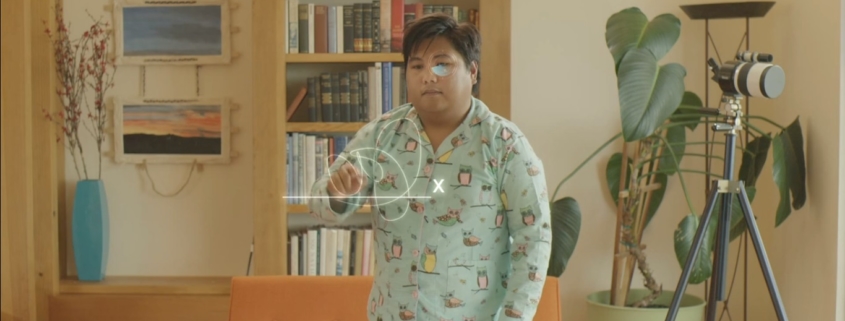Stores don’t only sell products; they sell a lifestyle, a fantasy, and most important, a dream. Think of a designer clothing boutique, with its flashy interior design and artfully arranged goods. It’s not selling the strength of the stitching in its pants or the smoothness of its leather jacket; it’s selling the idea that if you buy this clothing, you can make your dream come true, become more successful, or at least a cooler version of yourself. You may not look like a superstar for now, but if you buy the same products she uses in that poster, maybe you’ll take some of her glamour. It helps that the stores have flattering light and cool music playing, enough to make you think, ‘If I were a cool person at a cool club, this would be a cool product.’
Holographic AR takes this fantasy and extends it beyond the physical confines of the store. In the most literal way, it can emotionally engaging customers at their first glance and attract and keep foot traffic. The augmented reality system can project passerby into the store’s created fantasy wonderland for their products. Studies have shown that people are attracted to their own reflection naturally. Holographic AR can do more than that, immersing a customer’s image in real time and projecting it into an interactive wonderland. Instead of just making a shop that resembles a French boutique, Holographic AR allows the customer to virtually walk through Paris. Why settle for a costly and static store theme when your customer can travel through outer space one day and play professional soccer the next? The possibilities are endless.

Beyond sensing customers, augmented reality can sense products that are tagged with RFID and react accordingly. If you think that purse looks chic now, wait until you see yourself walk into a red carpet fashion show(removed shoes, since our technology for now may not be the best one for shoes). High-end blue jeans take you to the ranch to meet your dream companion.
On a more practical level, an RFID tag can also trigger information about a product, perhaps in the form of a recommendation for other related products for your picked product. If the store distributes customer loyalty cards that contain an RFID tag, it can collect data while the customer is still in the store, performing A/B testing and other functions to increase engagement in real time.
RFID can also combine with the augmented reality device to form a point of sale. The aforementioned product description can include a link to buy the product. The customer’s loyalty card can generate payment information, so the customer can buy the product without approaching a cash register or even taking out her wallet. Imagine being able to buy something with a single click while in the store, for any object you happen to pick up. This low-friction experience could significantly increase customer spending, especially on impulse purchases.
<—>

Is it expensive to add holographic AR to a store? Actually, it’s cheap and simple to install. Integem’s system merely requires three pieces of consumer-grade equipment: a computer, a web cam, and a television. Not only are its programs are simple and intuitive for customers to engage with, but our system includes a holographic AR drag and drop design portal, so you can change themes as often as you want without any additional cost. And as with any visible technology, the first stores to adopt it will get extra attention for doing so, attracting new customers with novelty. Would you like to be an early adopter of the next generation of in-store display? Contact us for a demonstration or to get more info.




Recent Comments